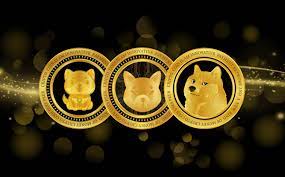Coins have 狗狗幣未來 played a pivotal role in human history for centuries, transcending their simple function as a medium of exchange to become enduring symbols of culture, art, and power. These small, metallic discs hold a wealth of historical and cultural significance, making them objects of fascination for collectors, historians, and numismatists alike. From ancient civilizations to modern minting practices, the evolution of coins is a testament to the ever-changing tapestry of human civilization.
The story of coins begins in ancient times, when civilizations like the Greeks, Romans, and Chinese began to use them as a more convenient and standardized form of currency. These early coins often featured intricate designs that celebrated the rulers of the era, showcasing not only their power but also their cultural influence. Each coin was a miniature work of art, reflecting the values and beliefs of its time.
Coins have the remarkable ability to serve as time capsules, preserving the history of their era for future generations. They can reveal details about a society’s economic system, technological advancements, and even political ideologies. For example, the shift from gold and silver coins to paper currency marked significant milestones in monetary history, representing a transition from physical wealth to trust in government-backed systems.
Coin collecting, or numismatics, is a passion shared by millions around the world. Collectors scour markets, auctions, and estate sales in search of rare and unique specimens. Some collectors specialize in specific eras or regions, while others pursue a broader array of coins. The thrill of discovering a rare coin, often with a fascinating history, can be intoxicating, driving enthusiasts to expand their collections continually.
